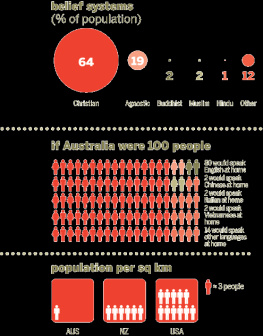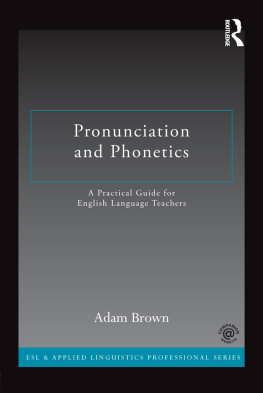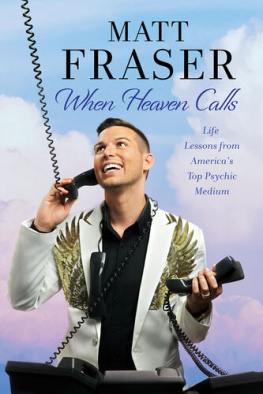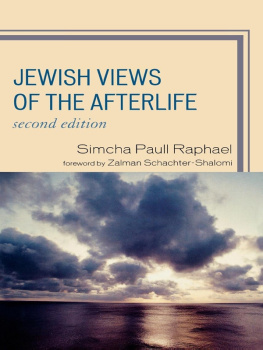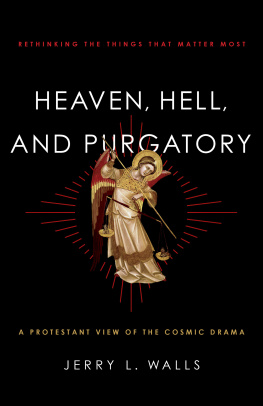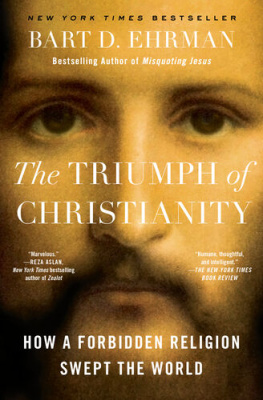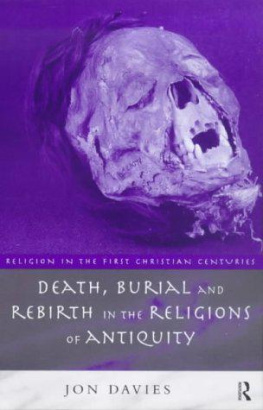The
Ransom
of the Soul
AFTERLIFE AND WEALTH IN
EARLY WESTERN CHRISTIANITY
Peter Brown

Cambridge, Massachusetts
London, England 2015
Copyright 2015 by the President and Fellows of Harvard College
All rights reserved
Jacket photograph: Basilica of Saint Sabina, Rome Annamarie McMahon Why
Jacket design: Annamarie McMahon Why
ISBN: 978-0-674-96758-8 (print)
978-0-674-28652-8 (EPUB)
978-0-674-28651-1 (MOBI)
Cataloguing in-Publication data available from the Library of Congress.
For Betsy
Contents
- Epilogue:
Columbanus, Monasticism, and the Other World
I N THIS BOOK I wish to approach a fragment of the deep past of Christianity. This is the belief that was held, both in Jewish and in Christian circles, that heaven and earth could be joined by money. I will concentrate particularly on the manner in which the imagined joining of heaven and earth through money was held to affect the fate of the soul in the afterlife. I will deal with the Christianity of the Latin world, between around 250 and around 650 ADthat is, in the transitional period between the end of the ancient world and the beginning of the Middle Ages in Western Europe. I will attempt to show how the social and economic context of the Christian Church in Western Europe changed in the course of this period, and how these changes were reflected in changes in Christian representations of the other world and in the religious practices connected with the death and afterlife of Christian believers.
But this book is not only about death and the soul. It is also about the manner in which the other world was believed to impinge on this worldhow the other world was brought into this world, through accounts of dreams and visions, through constant preaching and meditation on the theme of the Last Judgment, through miracles connected with the tombs of long-dead saints, and, increasingly, through the proliferation of churches and monasteries whose primary function was to offer prayer on behalf of the dead.
It might help readers to know, at the outset, what this book offers, and where it steps aside from many traditions of scholarship from which I have decided to part company. In the first place, it is a book that sees the formation of Christian views of the afterlife in terms of a perpetual argument among Christians themselves. This emphasis on constant argument is different from treatments that are content to summarize the development of a Christian doctrine of the afterlife as if it were the unfolding of a single master narrative.
In many traditional histories of the Catholic Church, the master narrative emphasizes the slow blossoming through the ages of notions inherited from the very beginnings of Christianity. In Protestant circles, by contrast, the master narrative takes the form of plotting, through the centuries, the loss of some original, reputedly more Christian, vision of death and the afterlife. Either way, these traditions of scholarship tend to tell the reader what happened, not why it happened. Many narratives of these changes are written like an exercise in painting by numbers, in which different blocks in a landscape are filled in, one by one, with the appropriate, numbered colors. In the same way, successive Christian representations of the afterlife are recounted in due order, century by century. The result is a thoroughly reliable account of the various phases of Christian belief on this topic. We move from the mighty eschatological hopes for a new heaven and a new earth that were characteristic of the early church to a sense of the drawn-out and painful journey of the individual soul that is associated with the emergence of the medieval Catholic doctrine of purgatory. But we end with a somewhat flat and tensionless picture that conveys little sense of the shifts and struggles within the Christian communities that caused certain notions of the afterlife to emerge with unusual urgency at certain times, for reasons that were never exclusively theological.
In this sense, the present book continues the approach I adopted when writing my larger book, Through the Eye of a Needle: Wealth, the Fall of Rome, and the Making of Christianity in the West, 350550 AD (Princeton University Press, 2012). That also was a book about continuous arguments. In it, I dealt with the issue of the use of wealth in the Christian churches. I attempted to show how arguments about wealth and poverty in Christianity are not timeless matters. They emerged from the specific, concrete circumstances of the Christian communities of the Latin West in differing regions and at different times. I emphasized that, in order to understand the urgency with which many of these arguments were pursued, the historian of the Christian Church has to take into account the social and economic history of the period. This concern for a precise context also led me to point out that many scholarly views of the social and economic texture of late Roman and early medieval society, though frequently repeated in standard accounts of the period, are out of date. The revision of these views directly affects our judgment on Christian debates on wealth and poverty and on the manner in which the Christian churches accumulated and used their wealth in this period.
In many ways, this book adopts the same approachapplied this time to debates about the afterlife in Western Christianity. But this is as far as the resemblance goes. Readers should know that this book is by no means a spin-off of Through the Eye of a Needle. For the relation between wealth and the afterlife involves issues of the religious imagination that I felt I did not need to address when writing Through the Eye of a Needle. At that time, wealth, poverty, and the arguments concerning both, as they existed in this world, held my attention. Now I am concerned with the other world. It is the relation between society and the religious imagination, as it played upon the theme of the afterlife, that is central to my argument.
In now focusing on these issues, I have returned to work in which I was engaged in the late 1990s. In a series of articles and lectures that were published between 1997 and 2000, I dealt with the manner in which changing views of the afterlife (which included the emergence of a notion of purgatory) reflected the cultural, religious, and social changes that characterized the transition from late antiquity to the early Middle Ages. These changes led to the emergence of notions of the afterlife (and, consequently, of the individual) that made the Christianity of Western Europe significantly different from that of its Eastern Christian neighborsin Byzantium and in the Middle Eastand from Islam.
By choosing to approach the history of Christian notions of the afterlife in this mannerin terms of the arguments they provoked and of the social and religious pressures that brought these notions to the forefrontI realize that I have ventured, once again, into challenging territory. I have had to learn to weave into the standard narratives of Christian views of the afterlife a sense of the social context and the social implications of these views. As difficult as it was to determine the cause and nature of the changes in notions of the afterlife in this period, I felt I also needed to determine the pace of these changeswhen did they happen, how fast did they happen, to what extent did they represent breaks in the continuity of a religious system, and to what extent were they continuous with previous conglomerates of notions, whether Christian or non-Christian? Altogether, I learned the hard way, by constant reference to major works on the history of early Christianity, that the issue of the pace of change in a religious communityand especially of a community as fluid as the emergent Christianity of the late antique periodis the one aspect of Christian history that is most challenging to the historian. And yet it is the aspect that is most often taken for granted by the majority of modern scholars.
Next page





